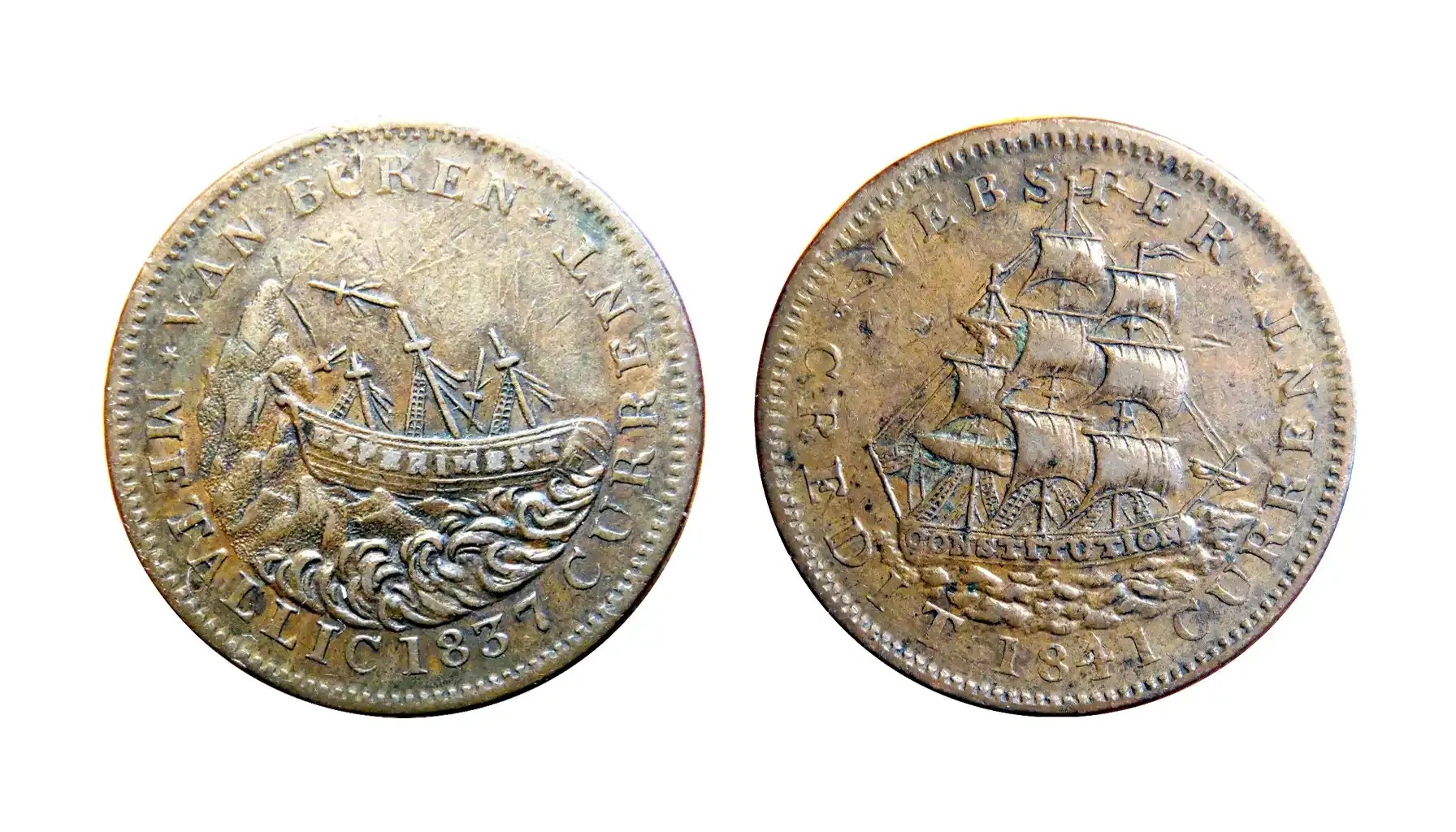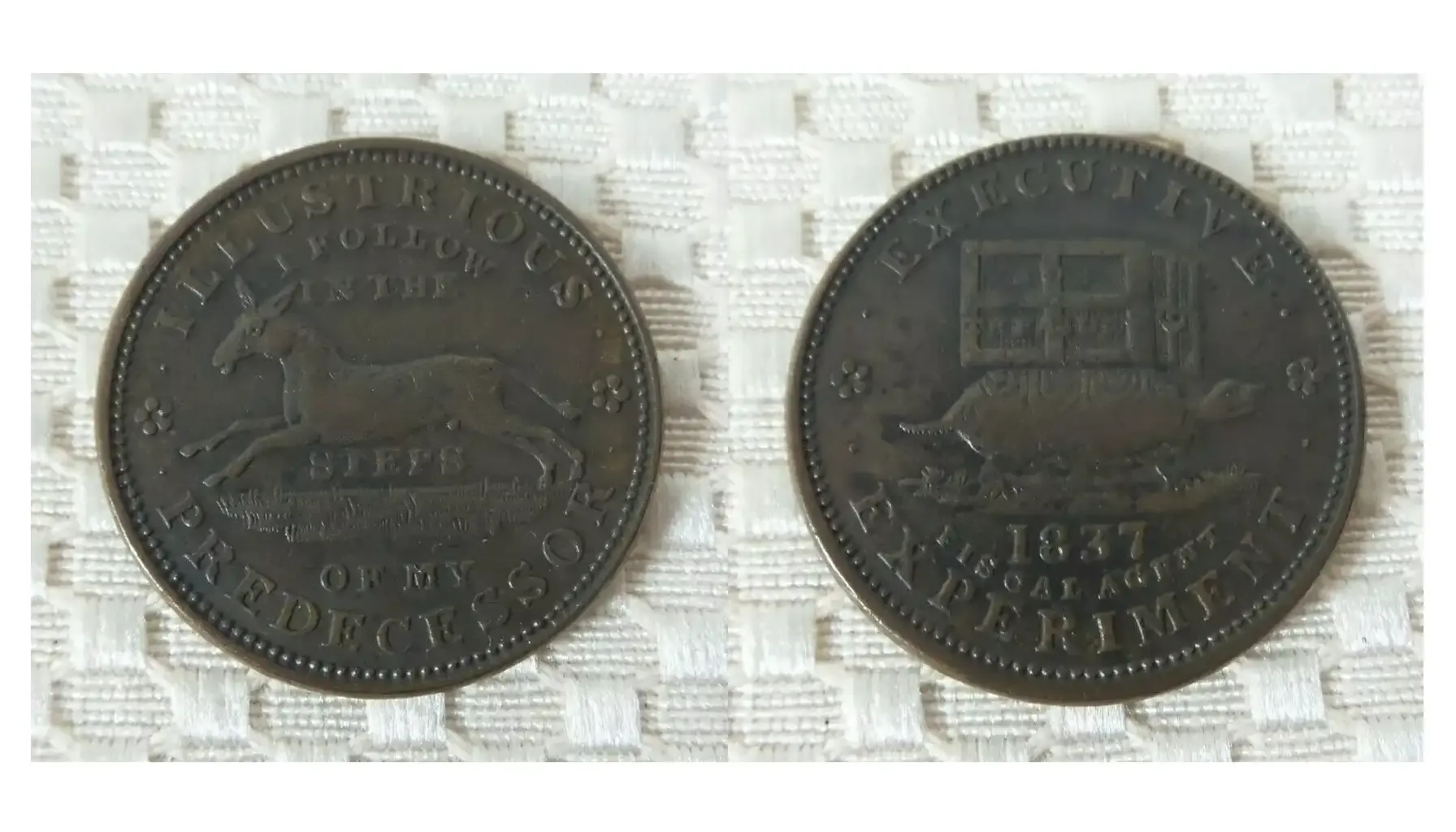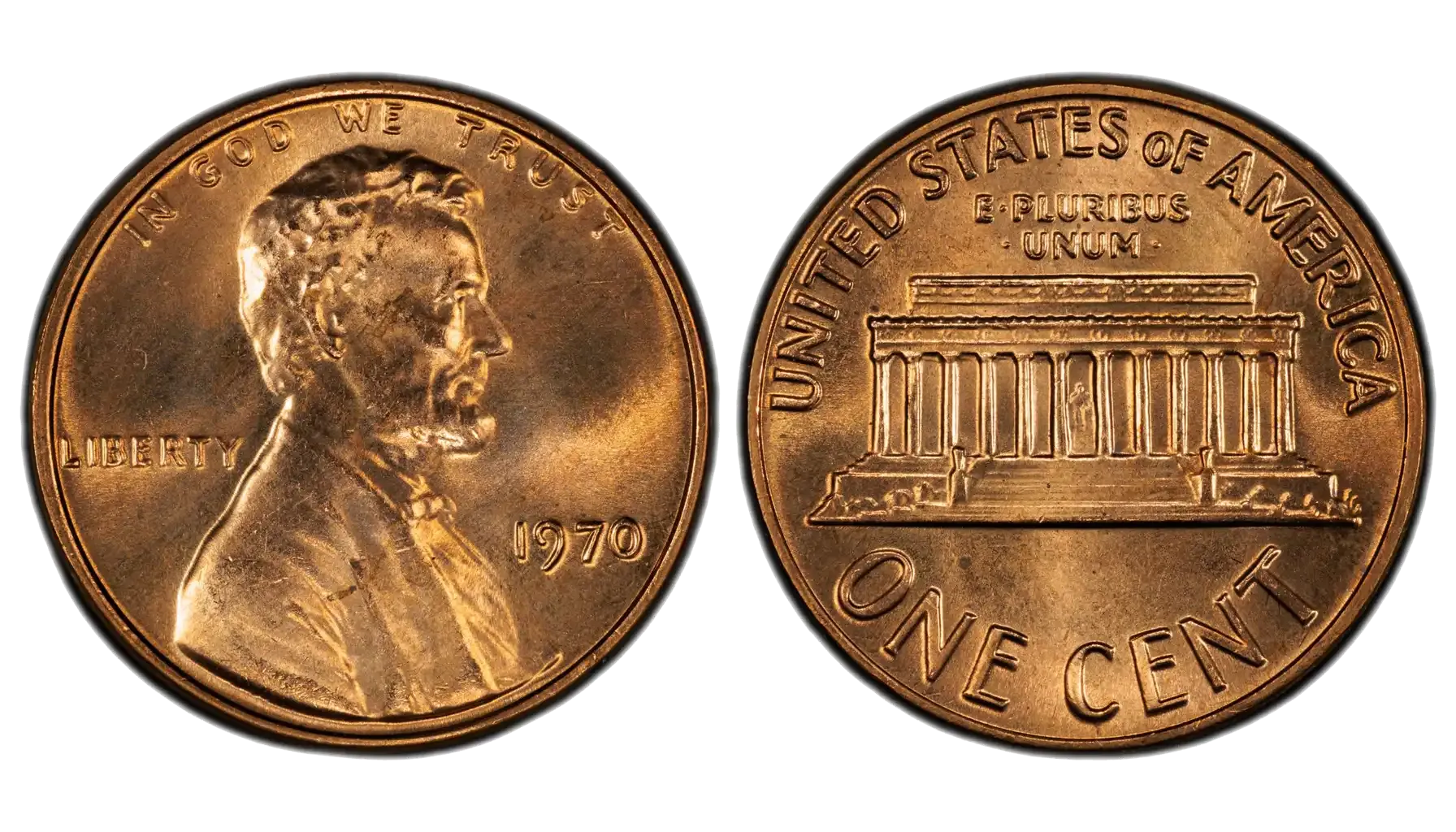In the history of any country there are periods of difficult moments and crises, which strongly affect not only the economy of the country, but also all spheres of society. One of these most difficult periods in the history of the United States is considered to be the financial crisis of the thirties, when the financial system faced serious problems.
The period of hard times left behind not only turmoil and financial difficulties, but even material witnesses of the time - hard time tokens 1837. However, do not consider them to be ancient coins.
Historical Note: The Leading Causes
1837 was the beginning of a deep economic crisis in the United States, caused by financial fraud, bank panics and bankruptcies, and economic recession (due to massive failures and high unemployment).
President Andrew Jackson facilitated the closing of the Second Bank of the United States. Finally, this has caused a shortage of coins and banknotes and leaves ordinary citizens and businessmen facing a severe shortage of means of payment.
Of course, people were faced with a shortage of small change and a worsening economic situation, necessitating new forms of currency.
What are hard times tokens? Private companies, entrepreneurs and even political activists took part in issuing “their own money” to somehow stabilize the economic processes and the dire situation. Since the government could not cope with the minting of the necessary funds for circulation, these ones were used by people instead of real money (which was in huge shortage).

Everyday Life
As you might have guessed by now, these coins were accepted in stores, markets and other places of daily commerce, as they were a real and more reliable alternative to official money. They were used to pay for small purchases and services, since small coins such as copper cents and half cents had practically disappeared from circulation.
In addition to small payment transactions, these pieces were also used for other purposes. For example, traders used the tokens to attract customers and advertise their goods and services (often information about sales and discounts was stamped directly on the token).
In addition, these small pieces of metal were frequently used as a means of political propaganda, demonstrating dissatisfaction with the current government.
Design and Characteristics
Since they were not issued by the government, but actually by ordinary citizens, they could have a variety of characteristics like any other coin. This data depends on the issue and purpose. They were minted by private people and firms, which created a lot of designs, sizes and weights.
Main Characteristics | |
Material | copper, sometimes bronze or brass. |
Diameter | 27-29 mm |
Weight | 5-10 grams |
Thickness | 1.5 mm |
Manufacturers | private mints, stores, enterprises and entrepreneurs |
Coin Mintage | There is no exact mintage data (as they were minted by private parties). |
Bright Examples
Donkey Hard Times Tokens
It shows a donkey and Jackson sitting in a trunk. This one was created in response to the economic troubles and unpopular actions of President Andrew Jackson, especially in matters of financial policy.
The front depicts a donkey as a symbol of Jackson's stubbornness and intransigence, with the inscription “ROMAN FIRMNESS” and “THE CONSTITUTION AS I UNDERSTAND IT” indicating his authoritarian style of government and unbending policy.
The reverse depicts Andrew Jackson in a chest, symbolizing his control over the country's financial resources and the inscription “I TAKE THE RESPONSIBILITY” a reference to Jackson's policies toward the banking system, which he effectively collapsed.

Executive Experiment Token
The “Executive Experiment” token is a criticism of the financial policies of Andrew Jackson and his successor, Martin Van Buren, which exacerbated the poor economic situation.
The obverse shows a turtle crawling with a chest on its back. The turtle symbolizes the slowness and difficulty of the economy at the time. And the inscription “REASSURE” on some tokens sarcastically correlates with the attempts of the authorities to “reassure the population”. The inscription “EXECUTIVE EXPERIMENT” characterizes the attitude to the politics of the time.
The reverse features a donkey, which is the symbol of the Democratic Party, and the inscription “I FOLLOW IN THE STEPS OF MY PREDECESSOR” which also shows displeasure with the actions of Jackson and his followers.

Hard Times Token Price Guide
Actually, there are many examples from that difficult time, most of them combining different designs (Jackson, donkey, turtle, etc.) and being politically satirical in nature.
Below is a table highlighting select 1837 hard times token value and their typical materials:
Name | Material | Approximate Value (MS) |
HT-1, Andrew Jackson | Copper | $7,800 |
HT-293 | Copper | $6,171 |
HT-464, S.S.B. | Copper | $1,224 |
HT-293 | Copper | $6,171 |
HT-293 | Copper | $6,171 |
1837 Hard Times Token Millions for Defence, Not One Cent for Tribute | Copper | $150 - $200+ |
Disclaimer: Values in this hard times tokens price guide are approximate and can fluctuate based on market conditions and specific coin characteristics.
Use Coin ID Scanner to easily identify coin by picture, including these unique tokens, going deeper into U.S. history through the lens of the information, images and symbols they receive, making the collecting process even easier and more engaging.



